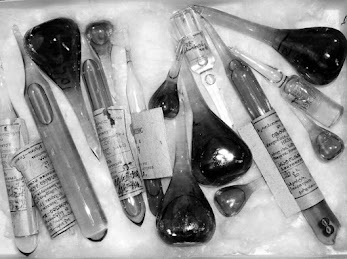History Part 17 : Emerging Technologies and the Future of Phage Therapy (2020–Today)

Emerging Technologies and the Future of Phage Therapy (2020–Today) The current decade marks a transformative chapter in the evolution of phage therapy, characterized by the convergence of cutting-edge technologies—artificial intelligence (AI), synthetic biology, and multi-omics approaches—that collectively revolutionize how bacteriophages are selected, engineered, and deployed against bacterial infections. This period represents not only a technological leap but also a conceptual shift, positioning phage therapy at the forefront of precision medicine and integrative antimicrobial strategies. Illustration taken from : https://www.mdpi.com/1999-4923/17/7/820# The Fusion of AI and High-Throughput Screening One of the most significant advances since 2020 is the integration of artificial intelligence into phage research and clinical application. AI algorithms now facilitate the rapid identification of effective phages by analyzing massive datasets encompassing bacterial genomes, ...
.png)







